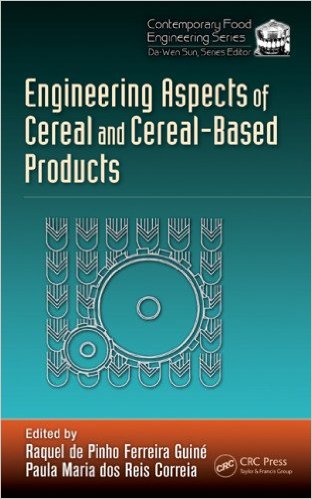
As I was passing through Dulles International Airport in Chantilly, Va., last month, I came across this goofy airplane hanging from the ceiling. It had a very small cockpit and a super long wingspan. The body of the plane looked pretty skimpy and the wings looked like they were covered with paper. I stopped and read the plaque that described the project and the airplane to learn that it was the result of an engineering project at Massachusetts Institute of Technology (MIT) in Boston.
There were two interesting facts about it: 1. It was a human-powered craft; and 2. It was managed through an engineering process called CDIO, or conceive, design, implement and operate.
Separately, these words are very understandable and commonly used, but when you assemble them, CDIO becomes an engineering concept. CDIO was created at MIT in the late 1990’s as a new way to teach engineering principles, but I am suggesting we borrow the ideas and use the concept in our bakery engineering projects.
One of the things we see in the baking industry is that we make a lot of really good advancements and improvements with machines and systems, but we sometimes don’t know how we arrived at the solution. There are a lot of acronym-based processes that we can use to facilitate continuous improvement in our plants, but this may be an “old/new” one that we can add in specifically for walking through an engineering project.
For example, the concepts stage includes defining the specific needs of a customer, whether it is internal or external to your department or organization. You also want to consider all of the different known technologies that you can apply to the problem or project and all of the external forces that can affect your outcomes, particularly with regulations, company strategies, business plans and finances. To conceive, in this context, means to “have an idea for.” But in order to have a clear idea, you need to understand all of the things that can affect your goal.
With all of your idea elements vetted out, you are now ready to move into the second stage: Design. This stage is where you focus you energies on the physical creation that will solve your problem. The plans, drawings, simulations, material specifications and identifications are key to getting through this stage.
The result of this step is the detail and direction that will become the food for implementation.
The implementation stage takes the results of the design stage and moves the project from paper to plant. In this stage, you will see a transformation where raw materials become solutions. Your procurement, fabrication, manufacturing, final assembly, shop testing and final installation all fall into this stage. Online testing of the machine, systems, adaption or modification will need to be validated before you can be moved into operation.
The final stage of this concept is called operate. This stage is designed to take everything that was thought through, designed, built, tested and validated and finally put it to work. It is this stage where your ideas and goals are used in the process to solve whatever problem or need you were experiencing.
Like anything else, I like to take standard concepts and adapt them to the real world of the bakery. With that in mind, I would like to add a couple more letters from the alphabet to the original concept’s acronym.
The first is a “T” for training. We know that in our bakeries, if we put something new on the floor, part of its success or failure is based off of how it is received by the operations folks. If we stick it out there and hold onto the information, often the idea is rejected and sometimes a potentially successful idea can be scrapped due to this lack of buy-in. So, before you put out a new “something,” try to pull everybody together who might be involved and explain what it is intended to do and emphasize that the goal is to make the operation more efficient and the work environment better for the people.
The other add-on is another “C” for confirm. After the engineering solution has been rolled out and used in operations, it pays to go back and recount all of the steps to identify gaps that can be adjusted for and corrected before the concept is utilized again. When you confirm each step, you will add benefit to the next project that you deploy.
So there you have it. The acronym is now CDIOTC. Feel free to add any more letters to it to use as an old/new tool.






